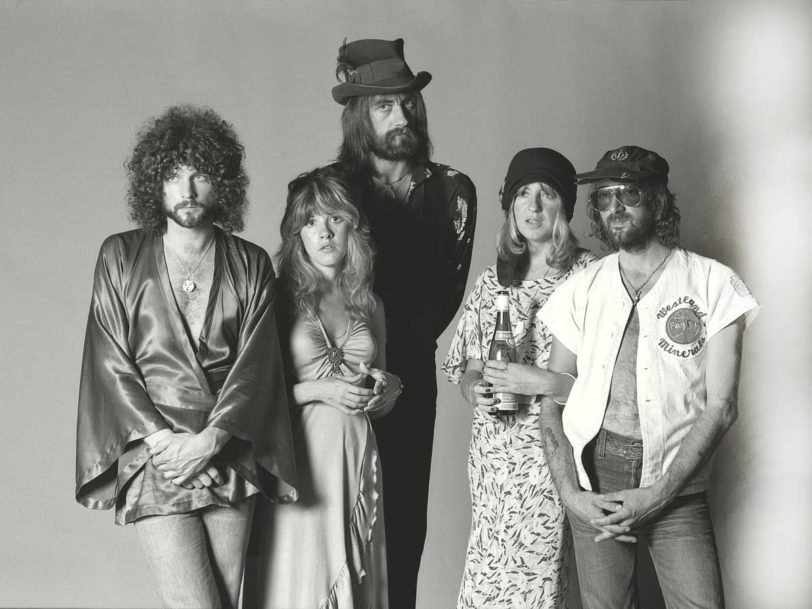Formed in 1967 by guitarist and principal creative force Peter Green, and adding Mick Fleetwood on drums, John McVie on bass and Jeremy Spencer on guitar, Fleetwood Mac started out as a British blues band but quickly branched out, dabbling in the psychedelia of the day. After Green suffered a tragic breakdown, a succession of guitarists, including Danny Kirwan and Bob Welch, took the helm; the group’s commercial fortunes waned but they produced some unsung gems of albums. Adding keyboardist and vocalist Christine Perfect, followed by vocalist Stevie Nicks and guitarist and vocalist Lindsey Buckingham, in the mid-70s, Fleetwood Mac’s fortunes changed dramatically. The best Fleetwood Mac songs from this era came to embody the excesses of 70s rock’n’roll, while the group produced a string of huge-selling albums packed with glossy, harmony-packed soft rock.
They’ve sold over 120 million records worldwide, with their 1977 blockbuster, Rumours, shifting over 45 million copies on its own. And, as September 2020’s viral Dreams TikTok showed, their songs continue to win new over new generations of music fans while influencing musicians everywhere.
Here, then, are our 20 best Fleetwood Mac songs.
20: Don’t Stop (from ‘Rumours’, 1977)
By the time Rumours was being recorded, Christine and John McVie’s relationship had deteriorated to the point where the newly-divorced couple were no longer on speaking terms. In typical Fleetwood Mac fashion, Christine wrote Don’t Stop to draw a line under the relationship and try to reassure her ex-husband that better times were on the horizon (“All I want is to see you smile/If it takes just a little while”). From tough times came a sunny pop-blues singalong that brimmed with optimism. It grew into a live favourite and was even used as Bill Clinton’s campaign song for the 1992 US presidential election.




